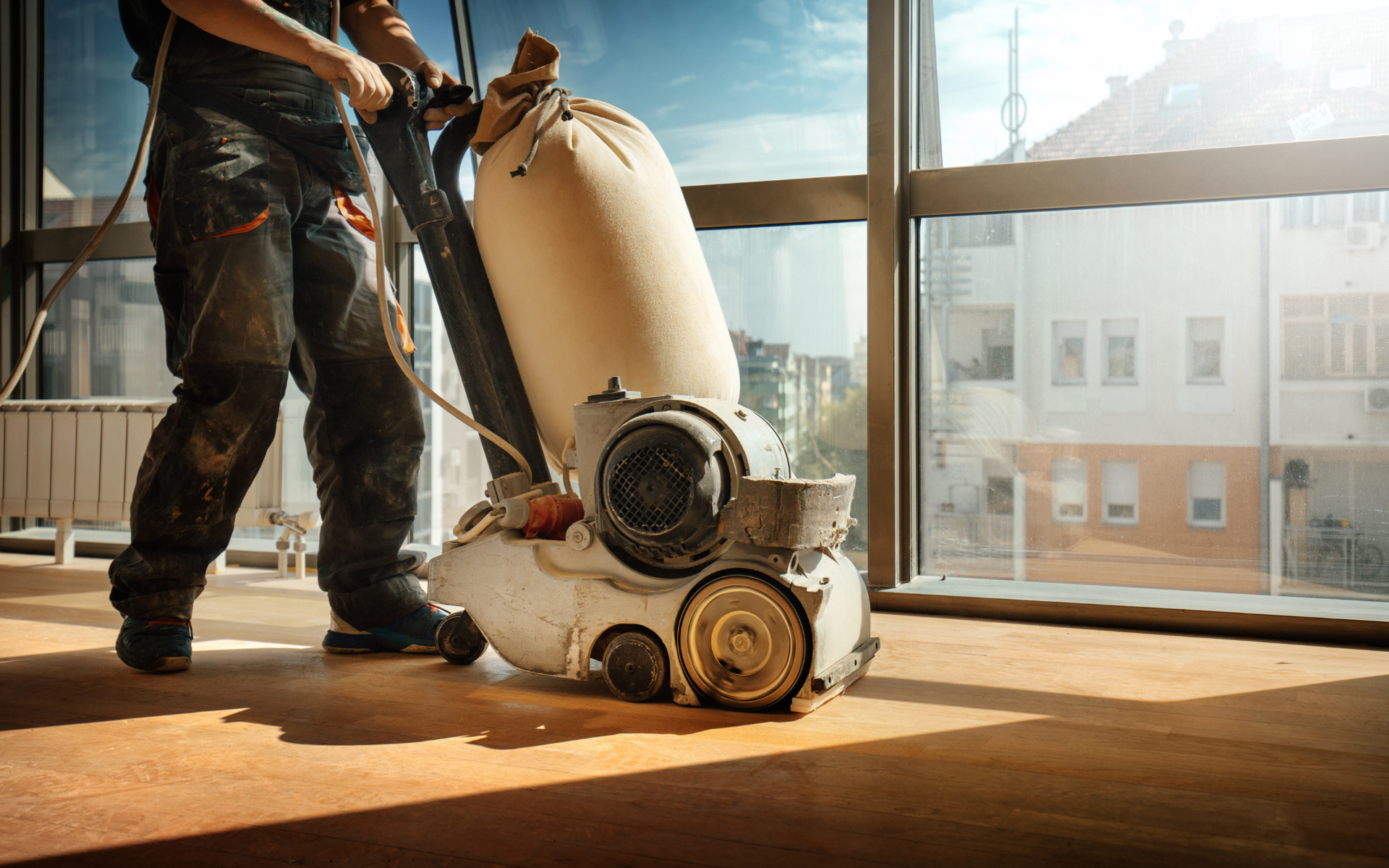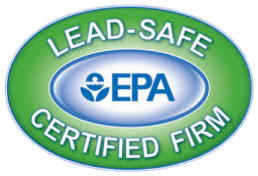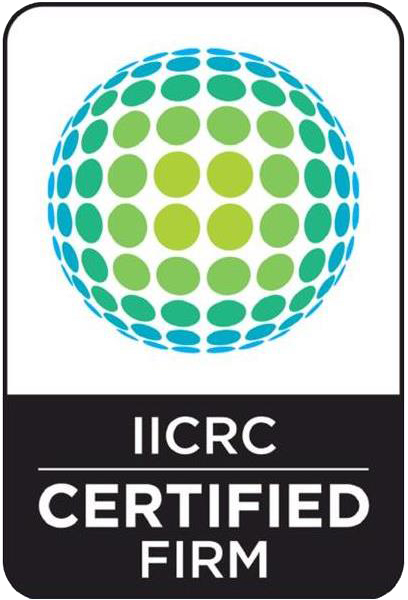Restoration after water damage is crucial and essential for bringing floors back to their original beauty. If immediate action is not taken to restore and remove excess water and reduce moisture content, permanent damage can occur. While one of the most challenging aspects of homeownership, hardwood floor restoration after flood damage is possible with some persistence and the right techniques.
When flood waters begin to rise or burst pipes lead to standing water, it’s important to contact a professional water damage restoration company immediately. Time is of the essence when it comes to limiting the effects of water on hardwood floors.
Table of Contents
Understanding the Impact of Flood Damage on Hardwood Floors
Flood damage can wreak havoc on beautiful hardwood floors. When water seeps into the boards, it leads to swelling, distortion of shape, and potential growth of mold, mildew, and bacteria if left untreated. The unfinished underside of hardwood flooring planks is particularly vulnerable. As they absorb water, the wood expands and deforms, causing the top surface of the floor to rise up unevenly from the subfloor. This leads to an unsightly wavy appearance and raised seams between boards that pose tripping hazards.
Standing water and debris also enable bacteria and fungi to take hold deep within the grain on the underside of the flooring. Seek professional guidance for the best way to dry out flooring and remedy instability or health issues through flood restoration. Even once dried, this microbial growth and underlying damage remain behind the scenes to slowly but destructively impact your home.
Home Flood Damage Restoration Steps to Hardwood Floors
If you are dealing with water-damaged wood floors, learn more here on the key steps for restoration and recovery.
Step 1: Safety First When Flood Damage Occurs
When flood waters have damaged wood floors, doors, and windows, safety should be the top priority. Any electronics or electrical appliances in the affected areas should be disconnected immediately to prevent electrocution or fire hazards. Gas lines should also be shut off. Taking these precautions reduces the chance of injury and further property damage.
Step 2: Documenting Damage is Crucial
Before removing any water, thoroughly document the extent of the damage through photos and videos if possible. Capture images of the water level, affected rooms, and close-ups of the flooring. This creates a vital record of the incident to share with insurance adjusters and water damage restoration professionals when seeking repairs. Try to determine the water source because of the flooding as well and stop any ongoing water leaks, if it is safe to do so. Preventing additional water ingress limits the total harm.
Step 3: Water-Damaged Hardwood Floors Drying Process
The drying process is the most important first step when restoring hardwood floor water damage. For small flooding incidents, homeowners may attempt to remove standing water themselves using wet vacuums, towels, mops, or even buckets. However, it’s very difficult to move enough water to adequately dry out the affected area without commercial equipment. This allows the hardwood to gradually return to normal and proper moisture content and become completely dry. Rushing this process can lead to additional damage.
Once moisture readings indicate the floors are adequately dried, damaged boards can be removed. Any boards that remain underwater for over 48 hours or show signs of rot usually need replacement. The remaining affected floors’ sanded area can then be sanded down to reveal undamaged wood. Progressively finer grit sandpaper is used to smooth, stain, and prep the surface.
Step 4: Hardwood Flooring Sealing and Refinishing
After sanding, the floor should be cleaned thoroughly to remove any remaining particles of sand. Damaged or warped boards may need patching or replacement before proceeding. For minor damage, wood fillers or planks cut to match existing flooring can be used to patch the affected boards or areas. For more extensive damage, completely replacing boards or sections of the floor may be required.
Once any necessary board patching, refinishing or replacement is complete, multiple coats of sealant are then applied to protect the wood from future water damage and give a refreshed appearance. Polyurethane is a popular sealant choice for its durability and shine. The flooring professionals will then apply a new stain or finish if desired to match the room or existing color and look.
Step 5: Contact Professional Flood Restoration Experts
In nearly all flood damage cases, the best course of action is to contact water damage restoration and hardwood flooring professionals right away. Attempting DIY repairs can often make the situation worse or pose safety risks if done improperly. A qualified restoration company has powerful drying equipment and expertise to properly dry out flooring, remove water, and limit damage. They can also provide guidance on insurance claims, flood cleanup procedures, and replacing damaged boards or flooring if needed. Calling restoration and hardwood floor water damage experts quickly is key to smoothly restoring floors to their pre-flood state.
Preventing Future Hardwood Floor Water Damage
While unavoidable accidents can always occur, there are some prevention tactics to minimize the chance of water damaging hardwood floors again in your house in the future:
- Keep all appliances well maintained to prevent leaks.
- Install overflow drain pans under water heaters, washing machines, dishwashers, and sinks.
- Avoid excess moisture by running exhaust fans, dehumidifiers, and air conditioning as needed.
- Clean up spills immediately to prevent seeping between boards.
- Place protective mats near outside entrances to limit water tracking.
Regular Hardwood Floor Maintenance
In addition to prevention, proper ongoing maintenance keeps hardwood floors looking their best and avoids issues like scratched surfaces and worn surface finishes. Recommended maintenance tips include:
- Sweep, dust mop, or vacuum weekly to remove grit that can scratch floors.
- Clean with hardwood floor cleaner and microfiber mop monthly. Avoid excessive water.
- Apply floor wax 2-3 times per year to protect and enhance shine.
- Install felt pads or coasters under furniture legs to prevent scratches.
- Limit direct sunlight exposure which can discolor floors over time.
- Consider periodic sanding and refinishing to renew worn surfaces.
Restoring hardwood floors after flood damage takes time and care. However, having the right restoration techniques and preparation for future incidents can bring hardwood floors almost back to their original unblemished state.
Bottomline
Even the most seriously moisture-affected rooms can be restored to their original beauty and flow with patience and correct procedures. Don’t hesitate to seek more help when dealing with flood damage, as saving your home’s hardwood floors is well worth the effort.
Royal Restoration is a premier flood damage and hardwood floor restoration company. Contact our team today for a FREE estimate and advice regarding your unique situation from our friendly, knowledgeable staff. We proudly restore homes to their pre-loss condition. Get in touch today to preserve your home investment and beloved hardwood floors!



